The Gewehr 98 was one in a series of guns designed by Mauser during the 19th century. Like many of their rifles, the weapon was accurate and capable and widely used in World War I.
The creation of the Gewehr 98 was inspired by the Franco-Prussian War
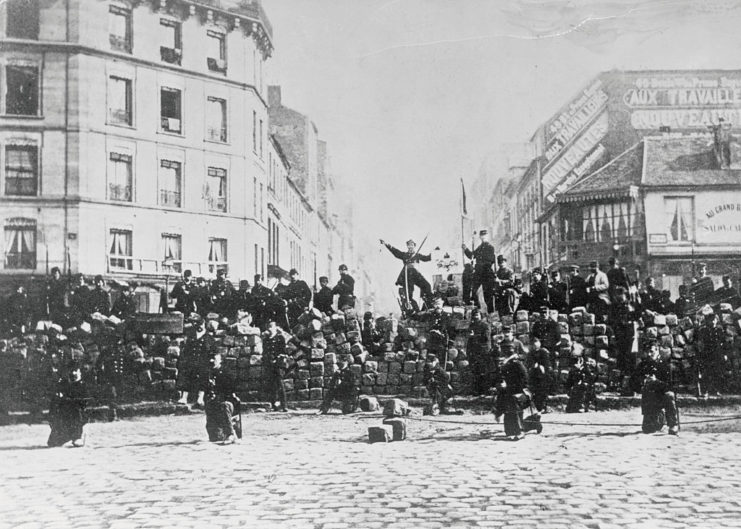
In 1870, German Chancellor Otto von Bismarck wanted to reassert Prussia’s dominance over Europe. Historians believe that the Germans intentionally goaded the French into the battle in an effort to add new allies to their cause. The Franco-Prussian War was fought over the course of 6 months and was particularly brutal for the French.
The battle between two world powers inspired an arms race and leaders from the nations encouraged arms makers to create the best rifle. The best gunmakers in Germany were the Mauser Brothers. The Mausers had continuously been making rifles and improving them over the course of the late 1800s. The improvements they were making eventually led to the Model 98 which was officially created in 1898.
Development of the 1898 Model
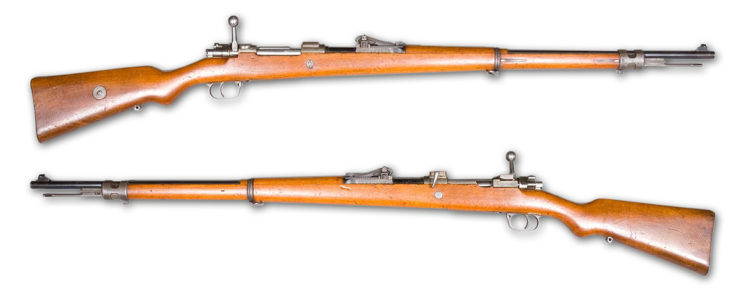
The 1898 model was meant to replace the Gewehr 88 model and the designer of the weapon was Paul Mauser. It was designed as a bolt-action rifle with a 5 round internal clip-loaded magazine. Bolt-action rifles were popular at the time and the Gewehr model was considered to be a significant step forward. Many countries, including the United Kingdom, the United States, and Japan, adopted many of the gun’s engineering concepts.
There were a number of accessories that came with the Gewehr rifle. A leather strap was issued with the rifle, but during wartime, these were regularly replaced by canvas due to leather shortages. The rifle also had the ability to launch grenades and a number of different grenade launchers were designed during World War I. Bayonets were also in style during the time of the Gewehr 98. They could deploy the rifle both as a weapon and also to use as a chopping weapon when going through jungle-like terrain.
The Gewehr’s Use in combat
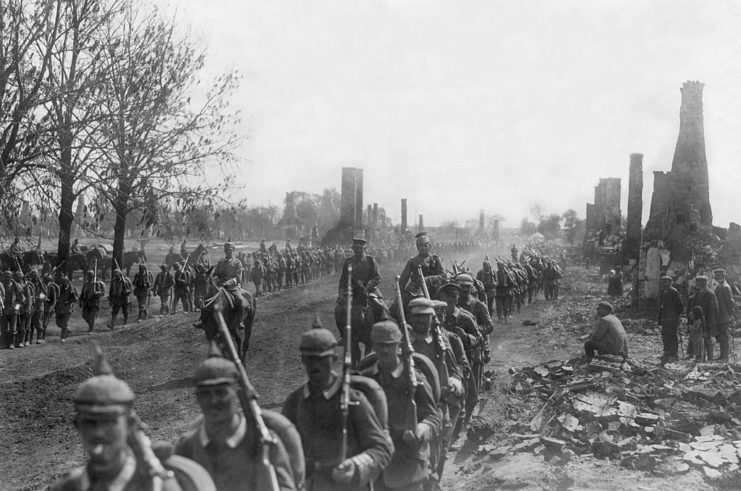
It didn’t take long for the Gewehr to be pressed into combat. The weapon first saw use during the Boxer Rebellion which was an uprising in China against Christianity. The Gewehr was next used in the Herero Wars. The Herero Wars was a conflict that saw German troops take on the Herero people who had been colonized in Southwest Africa.
The most prominent use of the Mauser rifle came during World War I. While there were many things that Germans liked about the weapon, there were some issues as well. The Gewehr rifle was especially long and this made it relatively ineffective in trench warfare. Still, the weapon was used by German troops for more than 20 years.
Later use of the Gewehr 98
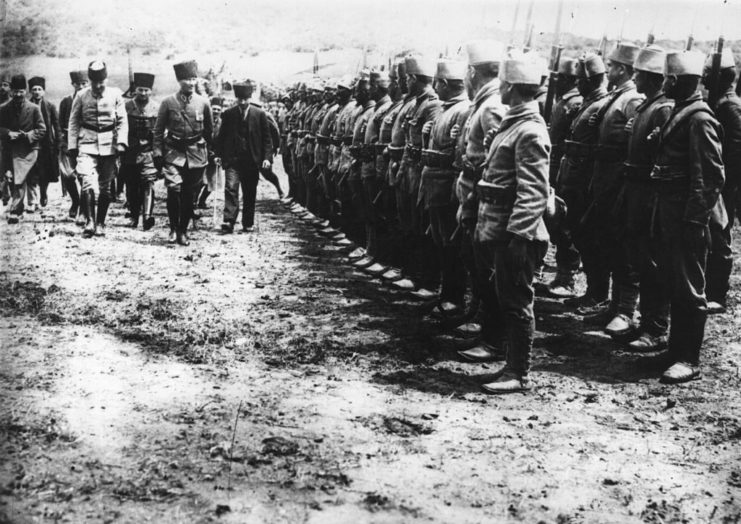
Mauser stopped making the Gewehr around 1918. The gun was phased out of the German Army by 1935. While the rifle was accurate and well-liked, soldiers preferred a shorter weapon for close trench warfare. Rifles like the Karabiner 98 became the weapons most used in World War II.
The Gewehr 98’s, though, found a second life in other countries. The Ottoman Empire used a modified version of the weapon during the Italo-Turkish War, the Balkan Wars, World War I and the Turkish War for Independence. The guns were also used by Nationalists and German Volunteer Legions during the Spanish Civil War.
The legacy of the gun
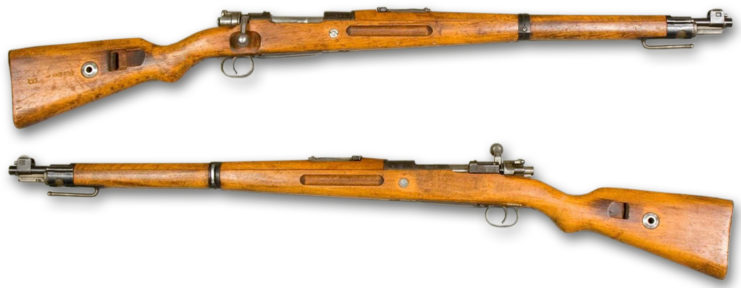
While the Gewehr went out of service decades ago, it still popped up for years. Soldiers of Israel used refurbished models to help establish their state. The guns also found themselves in the hands of hunters looking for an accurate weapon. And even today, the rifle is sought out by collectors.